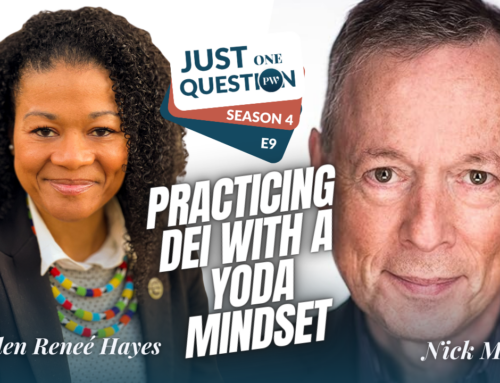There are a few basic rules that many people seem to have stuck in their minds about public speaking: Tell-’em-what-you’re-going-to-say,-say-it,-tell-’em-what-you-said; a-speech-should-have-a-beginning-middle-and-an-end; and open-with-a-joke.
All three are wrong.
I’ve talked about the first rule before. That came from the Army in WWII, where it was meant to increase the likelihood that everyone up and down the line would give the same battle instructions and that the grunts would remember them. Not needed today. Today it sounds like way too much repetition, and you run the risk of losing your audience to their blackberries.
The second is just inadequate. As a structure, it doesn’t give enough guidance to guarantee anyone a truly well-organized speech. The beginning, middle, and end of what? If you haven’t thought deeply about the topic and its significance for the audience, this advice won’t help. More than that, it doesn’t respect the needs of the audience to hear the information you want them to hear in the order that they can best absorb it. A good order is to start with a problem the audience has, and then propose a solution to that problem.
Finally, the third rule is actively pernicious. At the opening of speeches, the speaker is most nervous. Usually a speaker settles down to go the distance a few minutes into a speech, but those opening moments are tough for just about everyone.
Add to that the difficulty of telling a joke successfully, and you have a recipe for disaster. Don’t put that pressure on yourself. The odds are that half the audience has heard the joke already, and how will you feel when half the audience doesn’t laugh? Not a good starting point. Don’t do it.
Instead, allow your own brand of humor to show up during the speech naturally. Mother wit, as Shakespeare called it, is far better than Jay Leno for everyone except Jay Leno. And if your spouse says you’re humorless, then listen to him or her. Don’t even try.








Leave A Comment